Explore the Great Outdoors
Having outdoor spaces to merchandise at your garden center can be a blessing and a curse. Wind, rain, wildlife, shoplifters and sprinklers can take their toll on your displays, which also must be designed to incorporate stationary hardscaping, fixtures, trees and borrowed views. Doing it well requires a creative melding of good landscaping principals, savvy merchandising, traffic-flow planning and common sense.
But the blessing is this: Nothing can capture the imagination of your customers, encourage add-on or impulse sales, and differentiate you from your competitors especially the big box stores more effectively than a well-designed outdoor space.
Providing Homey Inspiration
Garden center shopping is about 10 percent function and 90 percent fantasy. Appealing to your customers’ imaginations can both increase sales and reduce price resistance.
They may have come in with the desire for some fertilizer, but they could leave with a plan (and the materials they need) to revitalize a forgotten corner of their garden. Rusty H-frame racks of identical plants or pallets on cinder blocks scream “big box,” and customers will expect to see big box prices. Those same plants, grouped by color at the base of a huge oak and interspersed with garden props and coordinated pottery, will be perceived as much more valuable.
One of the key advantages of outdoor displays is that they more closely mimic the customers’ gardens, says Terri Coldreck, president of Color Results, a company that provides consulting and merchandising services for garden center retailers. “Merchandising is not about departments anymore; it’s about showing customers how to use things.”
Robin Klein of Woodley’s Garden Center in Columbia, S.C., agrees. “Displaying merchandise in a setting that can translate to a homeowner’s outdoor space will sell product within the display,” Klein says. “We sell lots of birdfeeders and seed by displaying feeders in our existing trees. We will use a fountain and an arbor as the primary pieces in a display for height and bulk, then we fill in with any outdoor product that relates to the color or theme we are working with. We incorporate pottery, plants, garden stakes anything outdoor-safe into the mix. Our displays help us sell lots of outdoor living products, but we also sell lots of mulches, fertilizers, stepping stones and green goods from the same displays.”
Occasionally, the principals of good home landscape design and merchandising may clash. A customer may have overgrown, narrow paths in her own yard, but she’ll avoid following similarly narrow paths in a garden center. The trick is to mimic a home garden without actually mirroring it. “Keep your paths wide and, ideally, paved,” says Coldreck. “But they don’t need to be runways. Make them meander or curve a bit; tease the eye with a partial view of something intriguing at the end of the path.”
Who’s Responsible?
Your displays may mimic a home garden, but they have some unique challenges. It’s fairly rare for a home gardener to find guests removing plant material from the center of a bed, but if you’ve done a good job, that’s exactly what will happen to your store’s outdoor displays on a daily basis. They must be easy to replenish.
Furthermore, the merchandiser’s job is never done: The displays must change frequently to reflect the seasons and to keep customers coming back. This means that outdoor displays need more frequent design intervention. Even if you hire outside consultants to help design your displays, it is important to have someone on staff who is responsible for keeping them replenished and fresh.
George Wharton, green goods buyer for the five Navlet’s Garden Centers in California’s Bay Area, says the stores hire merchandising consultants every fourth quarter to design indoor displays, but the outdoor displays are most often created by talented staff members, and they change fairly frequently to reflect holidays or the season.
Good merchandising consultants will create a replenishment plan. Coldreck, for example, will design a display that masses white cyclamens and white orchids, with a plan to replenish in one full swoop either the orchids or the cyclamens whichever looks picked through or sparse first with white Gerber daisies.
Be Bold with Color Blocking
One of the most effective merchandising tricks is color blocking. “We don’t sell botanicals anymore,” Coldreck says. “We sell color.”
Color blocking in outdoor displays can be a little trickier than in indoor spaces. The colors inherent in your outdoor space, such as planted trees, pathways or “borrowed space” (views of neighboring properties), can affect your merchandising choices.
But don’t curse your neighbors if you have an unexpected wash of color to cope with. If the bar next door has a bright-orange wall that you can’t screen, consider it a funky backdrop for a modern display of copper-orange roses, lavender and chunky, deep-purple pottery.
“Customers respond emotionally to the color, and then they want to know how not to kill it,” Coldreck says. “Rather than plopping all your orchids in one place, make a display of white orchids and white cyclamens and one really striking colored pot black or purple, maybe.”
This is also a way to visibly compete with the big box stores, which tend to display things in pallet-sized, mixed-color lots.
“One retailer I worked with on color blocking had a 360-percent increase in sales,” Coldreck says. “If that’s not reason to invest in merchandising, I don’t know what is.”
Keep it Simple
Displays are much more effective if they are visually simple. “‘Plopping’ is my pet peeve,” says Coldreck. “You should never have just one of anything you sell in a display. Always use enough to make an impact. All your displays should have three elements or less one pot and two plant materials, for example.”
In merchandising as well as landscaping, massing creates an extremely strong visual effect. In both purchasing and in display design, use enough of one product to make a statement. Furthermore, people buy plants in multiples; merchandise them the same way. Customers don’t want to wander all over the store looking for five of one type of plant.
If an item sells rarely, but you wish to stock it, use it as a prop in an appropriately themed display. But beware: If you use more than one or two props, you’ll turn a striking display into a hodgepodge. Brainstorm creative ways to merchandise products that are bought singly or rarely to encourage sales. Coldreck had one client who had overbought watering cans. She hung them on chains and sold nearly all of them in one season. “Vertical space almost always goes unused,” she says.
If an item is large enough to stand alone, such as a fountain or statuary, use it as the focal point. You can also screen utility areas or direct traffic with a rainbow of gazing balls or a massing of color-coordinated statuary.
“When you have just one of something leftover, move it to a clearance sale display, which should always be in the back or in one of those dead corners,” Coldreck says. “If you stuff it in an end cap, you’ll degrade the impact of the end cap, and that one piece will still be there at the end of the season I can guarantee it. It will be there until it is chipped or faded or an employee throws it away when you’re not looking.”
Creating Impact with Impulse Items
“We know that if you put rose supplies next to the roses, it will sell,” says Lori Cook, merchandiser for Berns Garden Center in Middletown, Ohio. “Several companies that we use are doing a great job to make packaging outside friendly.” She recommends the Scotts family and the Espoma line, which even supply display racks for the products.
Themed displays also encourage additional sales. Celadon green pots sell better beside bamboo and vice versa. Try rosemary, lavender and terra cotta, or delphiniums and florist buckets. “Make sure when pairing plants and pots that the sizes are compatible,” Coldreck says. “Make these a grab-and-go option.”
Grouping seasonal items also can have an impact on sales, says Navlet’s George Wharton. “At Christmas, it’s heavy on the poinsettias and gift items; at Easter, it’s potted Easter lilies,” Wharton says. “In early spring, we may display something just budding out, but near Mother’s Day, we display everything in full bloom so that customer can just grab it and walk out.”
Getting Theatrical with Props
Props can help your customers visualize your products in their gardens and help you stand out in a competitive field. Create a prop budget for outdoor displays and keep an eye out at yard sales for things like old ladder-back chairs, galvanized buckets, mirrors or shutters that can be used in your outdoor displays.
Props are also a great way to work around elements in your space that cannot be changed. Consider placing round shelves or benches around the trunk of an old tree, or paint a fence a bright color and cover it with contrasting birdhouses to hide an employees-only section. Or nail up old window frames in bright colors and adorn each with a lush window box, and keep a plant list handout nearby.
Rather than lining your rakes up in a soldier-like row, fill an old claw-foot tub with brightly colored leaves and stand the rakes up in a bucket hidden amid the leaves.
In spite of last years’ windstorm, an ugly view and a few gnarled, old tree roots, your outdoor spaces can capture the imagination of your customers and spark sales with just a little creativity on your part. It’s well worth the effort.

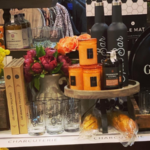
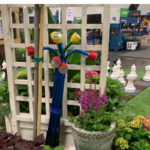



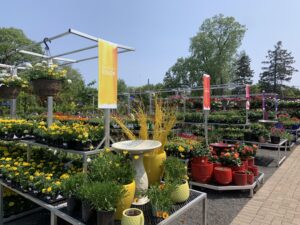
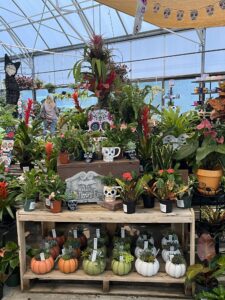
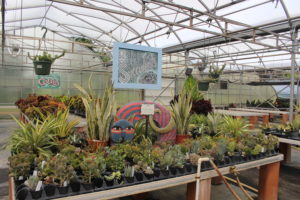
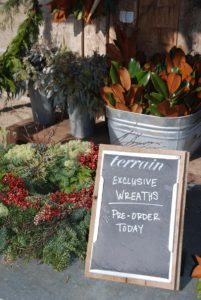

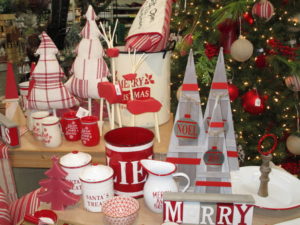
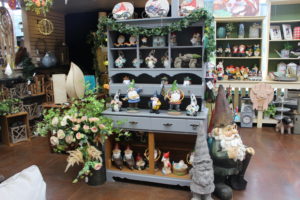

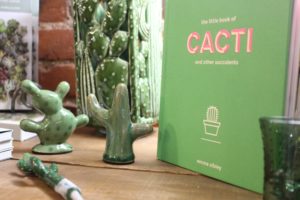
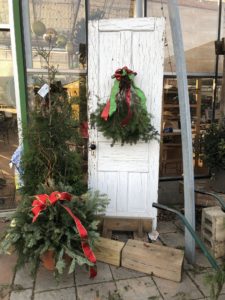
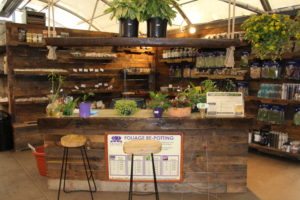

 Videos
Videos





